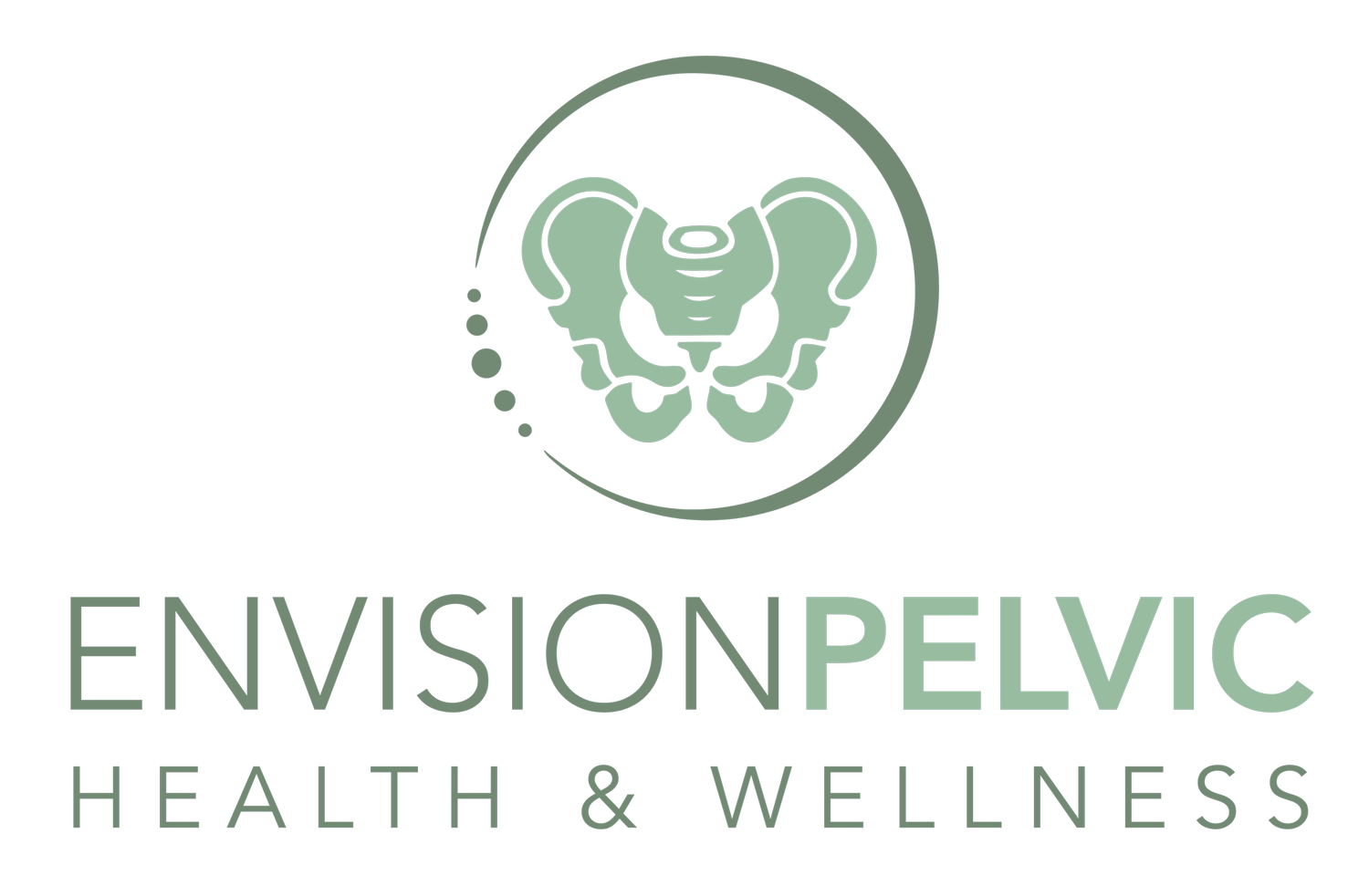
Orthopedic Physical Therapy
(Through a Pelvic Floor Specialist Lens)
Orthopedic pain doesn’t always start, or end, where it hurts. At Envision Pelvic Health & Wellness, we specialize in treating orthopedic conditions through a holistic lens that includes the pelvic floor. This often-overlooked group of muscles can play a major role in symptoms like low back pain, hip pain, groin pain, and tailbone pain.
Even after traditional physical therapy, many people still experience lingering symptoms. That’s because the pelvic floor—deep muscles involved in core stability, posture, and movement—may not have been assessed or addressed. As pelvic physical therapists, we are trained to evaluate these deeper contributors and help you finally get lasting relief.
Discover lasting relief with a holistic approach that considers the pelvic floor’s role in orthopedic pain.
Orthopedic Conditions We Commonly Treat:
Low back pain (chronic or acute)
Hip pain and gluteal tendinopathy
SI joint dysfunction
Groin pain or sports hernia
Tailbone pain (coccydynia)
Postural pain or dysfunction
Core weakness
Pain with transitional movements (e.g., sitting to standing, rolling, walking)
Why the Pelvic Floor Matters in Orthopedic Pain
The pelvic floor is part of your deep core system, working alongside the diaphragm, abdominals, and back muscles to stabilize your spine and pelvis. When these muscles are tight, weak, or poorly coordinated, they can contribute to imbalances that lead to:
Recurring low back pain
Hip instability or impingement
Compensation in the glutes, hamstrings, or groin
Pressure and pain at the tailbone or SI joints
These connections are often missed in traditional orthopedic treatment plans. That’s where we come in.
Our Whole-Body Treatment Approach
We don’t just chase symptoms—we look at how your body moves, breathes, and stabilizes as a whole. Our personalized care plans may include:
Pelvic floor muscle assessment and retraining
Manual therapy for muscles, joints, and connective tissue
Therapeutic cupping to reduce fascial restrictions and improve circulation
Dry needling to release deep trigger points and muscle tension
Strength training to build resilience and improve function
Mobility work for hips, spine, pelvis, and core
Functional movement re-education for real-life activities
Breathwork and core coordination strategies
Every session is one-on-one and tailored to your specific goals and pain patterns.
Therapeutic Cupping
Therapeutic cupping is a myofascial technique used to lift and decompress the soft tissue and fascia, helping to reduce muscle tension, increase blood flow, and support lymphatic drainage. At Envision Pelvic Health & Wellness, we use cupping as part of an integrative approach to pain relief and mobility restoration.
What makes our approach different? We often combine cupping with guided movement and stretching—a technique known as dynamic cupping—to enhance tissue glide, improve range of motion, and break through stuck patterns that contribute to orthopedic and pelvic dysfunction.
Cupping may be applied to areas such as:
The low back or sacrum for chronic pain or stiffness
The hips and glutes for mobility restrictions or sciatic-like symptoms
The abdominal wall and obliques to address fascial tension impacting the pelvic floor
The upper back and shoulders to support posture and release nursing- or desk-related tension
Dry Needling
Dry needling is a skilled physical therapy technique that uses thin, sterile needles to address myofascial trigger points—tight, irritated areas within the muscle that can cause pain, limit mobility, and create dysfunction in surrounding tissues.
At Envision Pelvic Health & Wellness, we utilize whole-body dry needling, including when appropriate, internal pelvic floor dry needling, to release chronic tension, improve muscle function, and promote better movement. This approach is especially effective for individuals dealing with:
Low back or hip pain
Groin tension
SI joint dysfunction
Pelvic pain or deep pelvic floor tightness
Post-surgical muscle compensation
Glute, hamstring, or abdominal tightness
Dry needling is often combined with other treatments like manual therapy, breathwork, and corrective exercise to support lasting relief and functional recovery.
Read our blogs about dry needling here:





